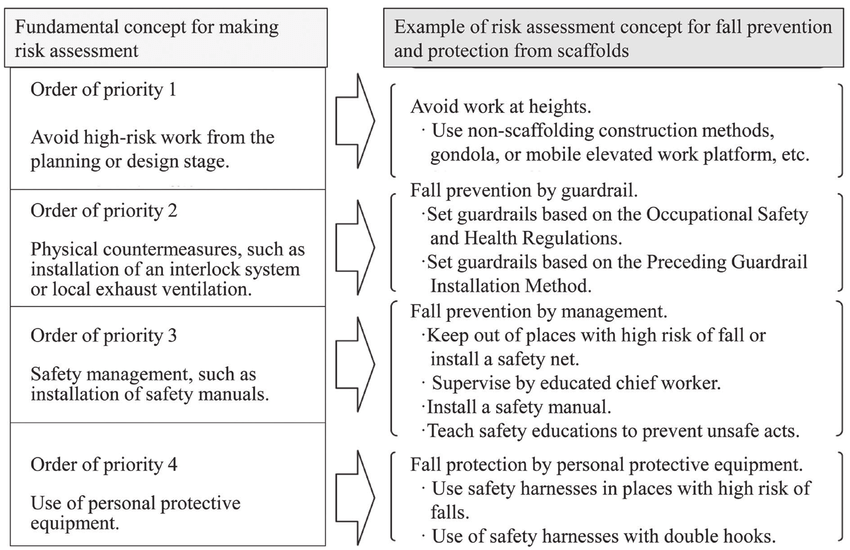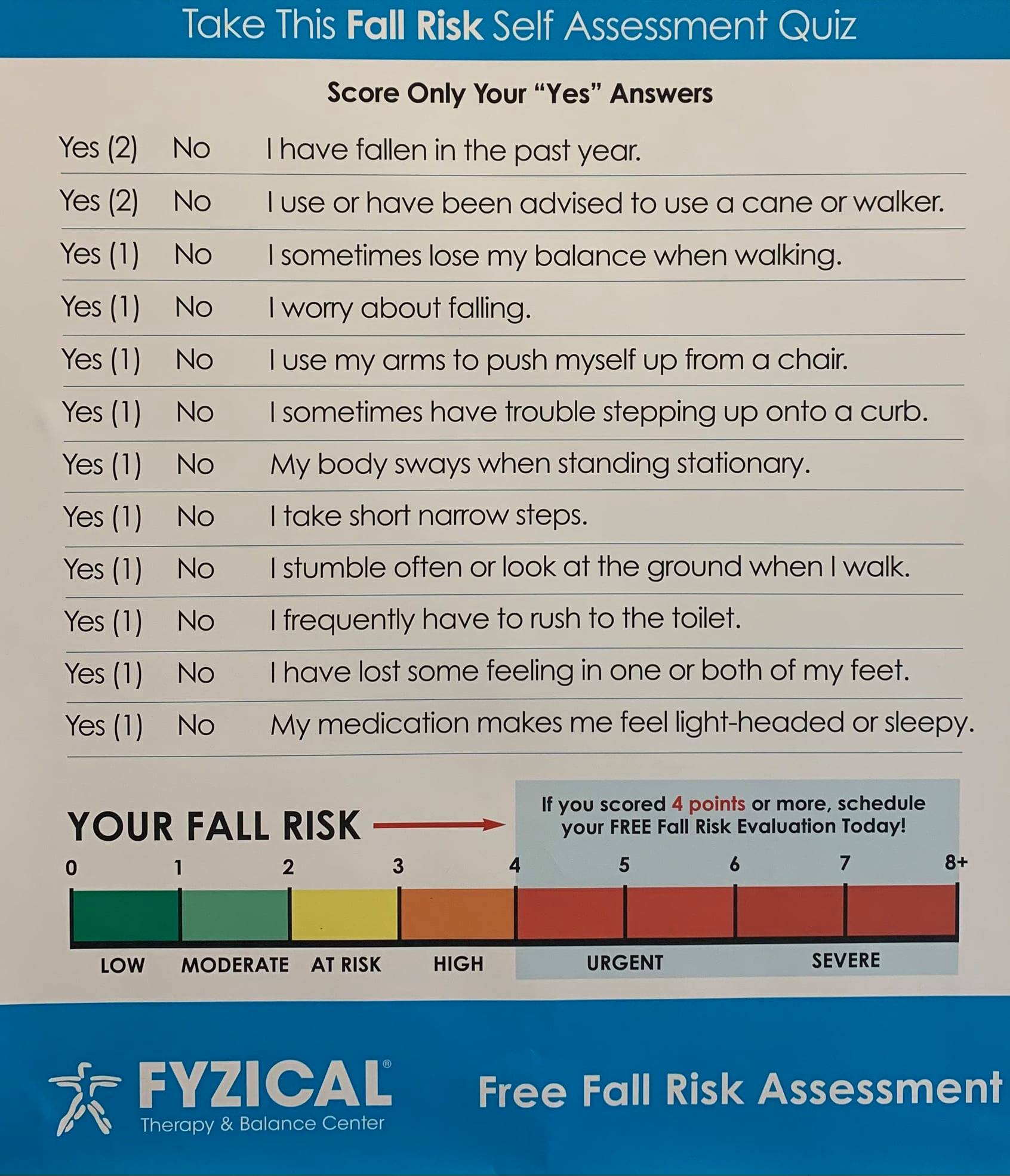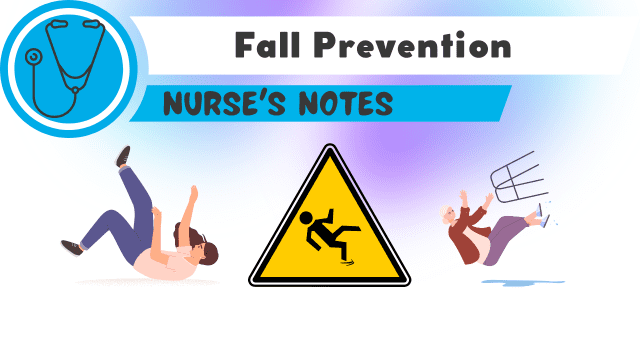Little Known Facts About Dementia Fall Risk.
Little Known Facts About Dementia Fall Risk.
Blog Article
3 Simple Techniques For Dementia Fall Risk
Table of ContentsThe Single Strategy To Use For Dementia Fall RiskDementia Fall Risk for DummiesDementia Fall Risk Fundamentals ExplainedThe 9-Minute Rule for Dementia Fall Risk
An autumn risk assessment checks to see exactly how likely it is that you will fall. The analysis usually consists of: This consists of a collection of concerns concerning your overall wellness and if you've had previous falls or problems with balance, standing, and/or strolling.STEADI consists of screening, evaluating, and intervention. Treatments are recommendations that may reduce your risk of dropping. STEADI includes 3 steps: you for your risk of succumbing to your danger aspects that can be enhanced to attempt to stop falls (for instance, equilibrium troubles, impaired vision) to minimize your danger of falling by utilizing reliable approaches (for instance, providing education and learning and sources), you may be asked a number of concerns consisting of: Have you dropped in the past year? Do you really feel unstable when standing or walking? Are you stressed over falling?, your service provider will check your strength, equilibrium, and gait, making use of the complying with autumn assessment devices: This examination checks your gait.
If it takes you 12 seconds or more, it might indicate you are at higher threat for an autumn. This test checks strength and balance.
Move one foot midway forward, so the instep is touching the huge toe of your other foot. Relocate one foot totally in front of the various other, so the toes are touching the heel of your other foot.
The Best Strategy To Use For Dementia Fall Risk
Many falls take place as an outcome of several contributing aspects; as a result, managing the threat of falling begins with recognizing the variables that contribute to fall threat - Dementia Fall Risk. Some of the most pertinent risk variables include: History of prior fallsChronic clinical conditionsAcute illnessImpaired stride and balance, lower extremity weaknessCognitive impairmentChanges in visionCertain risky medicines and polypharmacyEnvironmental elements can additionally increase the risk for drops, including: Poor lightingUneven or harmed flooringWet or slippery floorsMissing or harmed hand rails and get barsDamaged or incorrectly equipped tools, such as beds, mobility devices, or walkersImproper use of assistive devicesInadequate supervision of the people staying in the NF, consisting of those who display aggressive behaviorsA effective fall risk monitoring program calls for a comprehensive professional evaluation, with input from all participants of the interdisciplinary team

The care plan should also include treatments that are system-based, such as those that advertise a risk-free environment (proper illumination, handrails, order bars, etc). The effectiveness of the treatments ought to be examined periodically, and the care strategy modified as necessary to reflect changes in the loss threat assessment. Carrying out a fall risk management system making use of evidence-based best practice can lower the frequency of falls in the NF, while restricting the potential for fall-related injuries.
Dementia Fall Risk - The Facts
The AGS/BGS guideline recommends screening all adults aged 65 years and older for fall threat annually. This screening contains asking clients whether they have actually fallen 2 or more times in the past year or sought medical attention for an autumn, or, if they have actually not fallen, whether they really feel unstable when walking.
People who have fallen when without injury should have their equilibrium and stride evaluated; those with stride or balance abnormalities ought to obtain additional assessment. A history of 1 autumn without injury and without stride or balance problems does not necessitate more analysis past ongoing yearly loss risk screening. Dementia Fall Risk. A loss risk evaluation is called for as part of the Welcome to Medicare evaluation

Indicators on Dementia Fall Risk You Should Know
Recording a falls background is among the high quality signs for loss prevention and management. A critical part of threat evaluation is a medicine review. Several courses of drugs increase loss threat (Table 2). copyright drugs particularly are independent predictors of drops. These medications have a tendency to be sedating, his comment is here change the sensorium, and impair balance and gait.
Postural hypotension can often be eased by minimizing the dose of blood pressurelowering medications and/or stopping medicines that have orthostatic hypotension as a negative effects. Use of above-the-knee support hose and sleeping with the head of the bed raised might likewise decrease postural reductions in high blood pressure. The recommended elements of a fall-focused physical exam are shown in Box 1.

A Yank time better than or equal to 12 seconds suggests high loss risk. Being incapable to stand up from a chair of knee height without using one's arms suggests raised fall risk.
Report this page